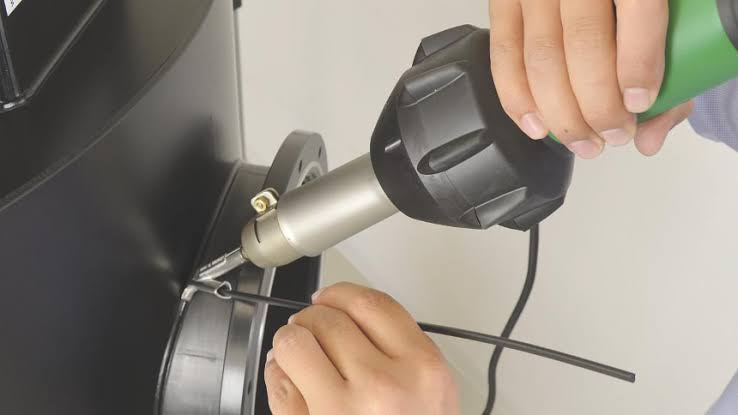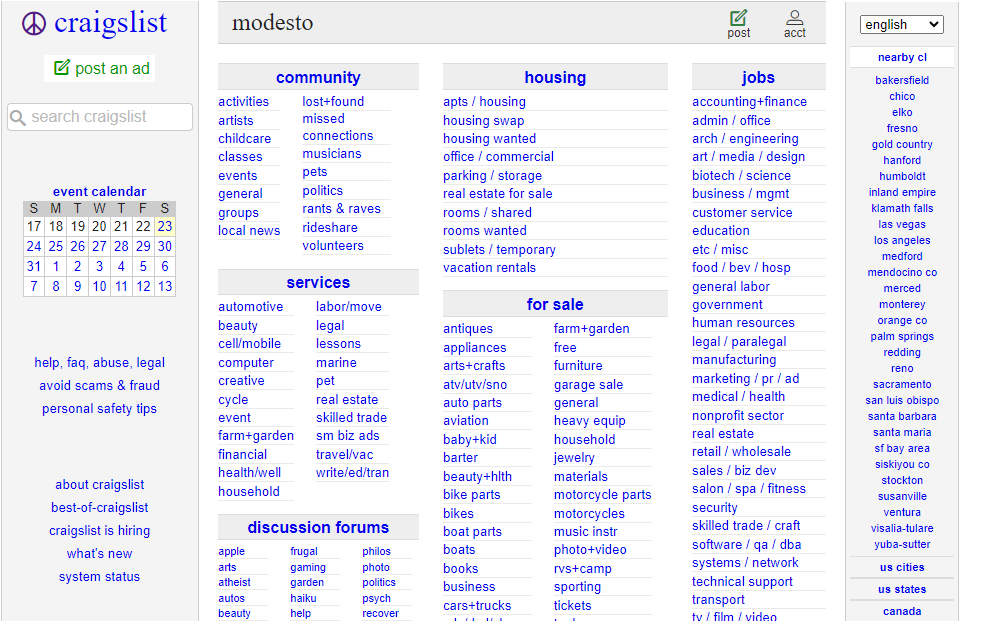All welding processes are achieved by pressing materials together, then heating them so the pieces adhere to one another, and then cooling the pieces so the weld becomes a permanent portion of the pieces.
The process of welding plastic differs from the process of welding other materials primarily in the way the materials are cooled to secure the welds. You have several choices in the type of plastic welding you will do.
Ultrasonic plastic welding
In ultrasonic plastic welding processes, high-frequency electrical energy is converted into mechanical motion. The resulting motion is combined with force to make the plastic melt and join to another piece of plastic. In this case, you need to use a multi-process welder machine. Visit Welders Cave for more information about combo/multi-process welders.
Vibration Welding on Plastic Components
During the vibration welding process, one of the plastic sections will be put into an orbital or a linear motion to create the friction that generates enough heat to melt the plastic.
Laser Welding for Plastic
During this welding process, a laser is used to heat the sections of plastic and melt them together. The majority of thermoplastics can be welded together using this process.
Spin Welding for Plastics
Spin welding generates surface friction between two plastic pieces by spinning one of the pieces in a rapid rotation. The spinning will generally create a weld between two pieces in as little as one second, but it can take up to five seconds to create a proper weld or melding of the plastics.
Infrared Welding of Plastic
During infrared welding, radiation is used to generate enough heat to cause the plastic pieces to melt together.
Hot Plate Plastic Welding
The faces of the plastic pieces will first be heated using convection heating, conduction or even radiation heating. Once the pieces have been heated they are pliable. A hot plate is pressed to the pieces and held in position until the pieces melt together and form one piece. This type of welding takes ten to twenty seconds to complete.
Welding Plastic at Home
You may not have the powerful equipment mentioned above, but you can create the plastic welding process with something as simple as a soldering iron.
- The first thing you will need to do is clean the plastic pieces with a degreaser.
- Sand the pieces of the plastic to roughen up the exterior where the weld joint will be created. Smooth plastic does not adhere as well as plastic that has been roughed up. Remember that you want the pieces to have a rough surface but no jagged edges.
- Heat your soldering iron
- Press the plastic sections together and you will either have to hold them in position or use clamps and vices to hold them in position while you work.
- Run the soldering iron along the crack or separation of the two pieces. Move slowly so the plastic material is heated enough to melt.
- To add some strength to the plastic weld you have just made you can use thin strips of plastic and melt it along the seam. Use the soldering iron tip to distribute the melted plastic evenly across the two pieces you are joining.
- Do not remove the clamps that are holding the plastic pieces together until the plastic weld has had ample time to cool and solidify.
Final Thoughts
There are actually many methods you can use at home to heat the plastic to the melting point. To weld plastic together for repairs or when you are making something you simply need to heat the plastic to a melting point and then hold the melted plastic in position until it cools and solidifies.







Add Comment